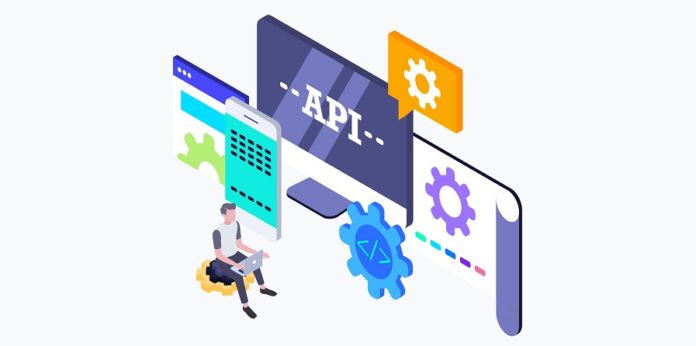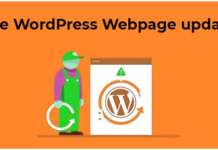So often are “developer experience” the buzzwords in API development that teams forget another crucial aspect: that of audience experience. Truth be told, an API is not just a tool that can perform the tricks that developers want it to. Ultimately, it is a product that will go to the market and will satisfy the needs of certain customers.
When designing, testing, documenting—and in general, going through the motions of developing an API—your team must keep your audience in perspective. If you need a reminder to do so, here are five key questions to ask yourselves. These will definitely help in making use of an OpenAPI Specification Toolkit and crafting a product that your audience will consider indispensable.
What Does Your API Intend to Do?
Even if we’re not conscious of it, we already depend on APIs for a number of everyday tasks. APIs are in use every time we integrate content from one social media site to another. They’re also important for when we disseminate information online or when we transact with digital currency. These are APIs that have answered the question of why they were created. So when adapting your API for an audience, “why” is always the first question you should ask yourselves.
Some iterations of the “why” question are:
- What is the gap the API means to fill?
- What is the problem that the API is meant to solve?
- What is the business goal that the API should help achieve?
- What is a situation that justifies the need for the API?
Any of these can serve as your compass when you’re designing your API.
Who Will Use Your API?
Your API’s audience is not meant to be a faceless, all-encompassing entity. When you’re creating the interface, you should have a particular kind of audience in mind. You’ll be designing a tool for individuals, business, or institutions that is responsive to their unique needs. They should be able to use the API just as intuitively as they’d use a hammer to pound nails, and not any other tool. Create an API that seems specially made for that kind of audience, something that makes their lives easier and more productive.
What is Possible with Your API?
A potential customer might ask: exactly how will the API fulfill their need and to what extent? The more concrete you can be about this, the better. One example of how you can demonstrate your API’s capabilities—and court a would-be adopter—is through API documentation. Interactive API docs can show your developer audience how exactly the code can perform for the task they intend it to. You can also market the API code as being tweakable and customizable to their preferences.
How Much of Your API is Visible to Your Intended Customers?
Many APIs are now designed through the open-source route, where tools are easy for the public to find. That same open-source philosophy can be extended to would-be adopters of your API, even while it’s still in the testing stage. For example, you can tease your audience about how the finished product will behave when you show them what’s possible with its virtualization. Other ways that you can garner attention for your API are press releases or blog articles written about it by API aficionados.
How Much Support is There for Your API?
Can your audience be assured of a smooth experience after purchasing for your API? They are more likely to acquire the product if they know it has an extensive pool of support behind it. There should be sufficient resources to tutor them on the use of the API, help in its maintenance, and troubleshoot any API-related issues. Don’t forget to market your API’s network of support services as well as the product itself.
Conclusion:
Don’t Lose Sight of What’s Important to Your API’s Development
Though an API is intangible, it results in experiences that are immediately concrete. It can connect users from one platform to another, reproduce content at a quick rate, or enable safe digital payment. Your audience may not know the technical aspects of API design, but they should be on the receiving end of those simple, effective experiences. It’s when you make those experiences possible that your API will be worth its salt.








